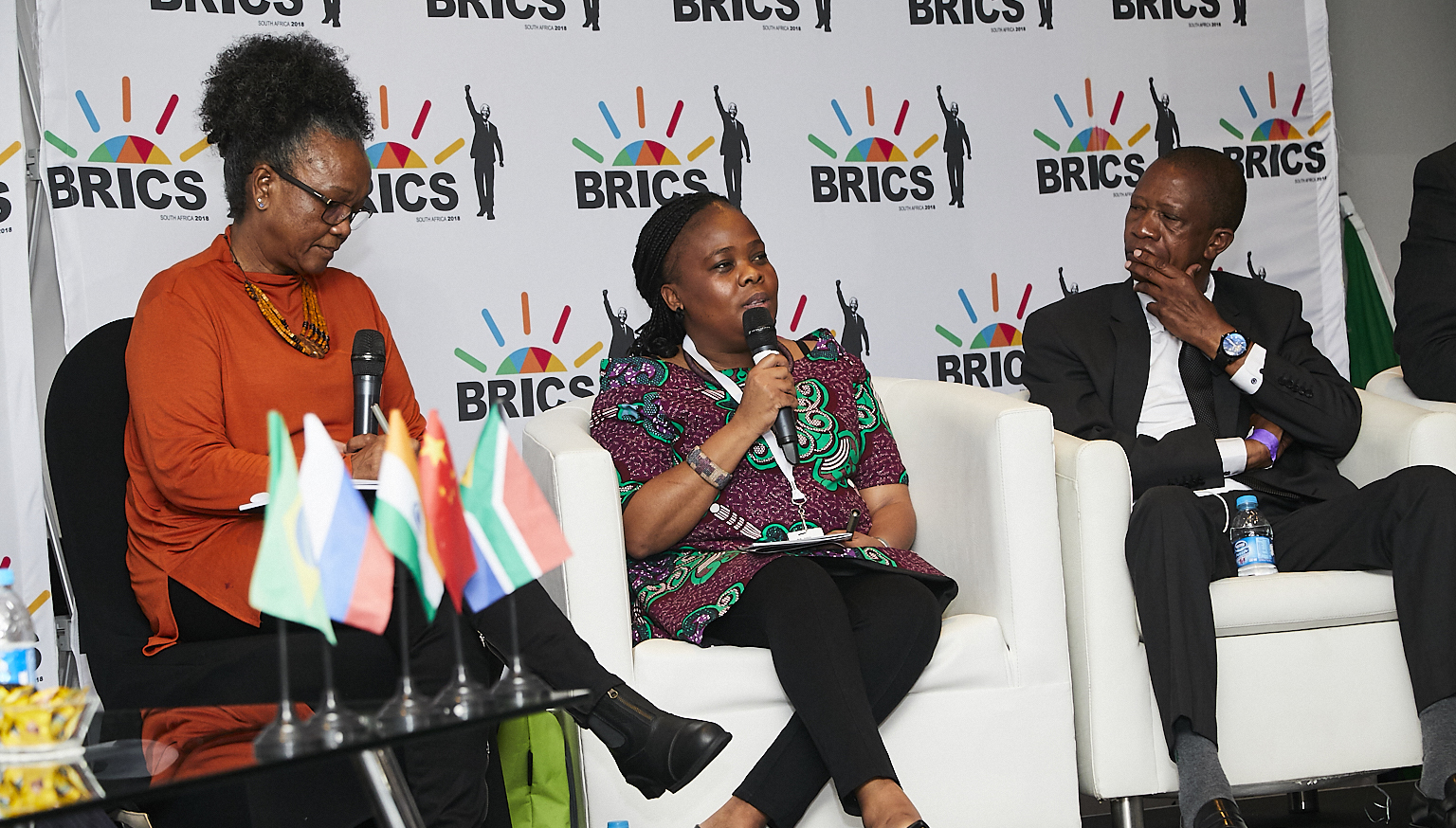Co-Prod Treaties, Film Fund On the Agenda As 3rd Annual BRICS Film Festival Kicks Off
By Christopher Vourlias
LOS ANGELES (Variety.com) – DURBAN — With world leaders arriving in Johannesburg this week, with an aim toward boosting trade ties and stimulating the economies of the five member states at the annual BRICS summit, delegations from Brazil, Russia, India, China and South Africa gathered in Durban to highlight the countries’ cultural output at the 3rd annual BRICS Film Festival.
Running parallel to the Durban Film Festival, the BRICS festival opened Sunday night with a splashy ceremony featuring live performances and short films from each of the member states. At the Durban FilmMart on Monday, a delegation of filmmakers and cultural representatives from each nation gathered to look at how the festival – still in its infant stages – can set the groundwork for greater collaboration in the years ahead.
“We do have a lot more in common with BRICS countries than we have with our brothers and sisters in other parts of the world,” said South African filmmaker Xoliswa Sithole, who was among the organizers of this year’s edition.
“Right now, the BRICS Film Festival is more of a developmental festival. But in time, we should be able to actually make the BRICS Film Festival…an A-list film festival. We’ve got the numbers, we’ve got the culture, we’ve got the expertise.”
For the five-day fest, each member state will have a day dedicated to showcasing five of its recent films, with a South African focus opening the festival on July 23. Two films from each nation have been selected for competition, with the fest’s top films to be awarded at a closing ceremony on July 27.
Competition titles include Craig Freimond’s “Beyond the River,” and Sean Drummond and Michael Matthews’ “Five Fingers for Marseilles,” from South Africa; Dmitriy Kiselev’s “The Age of Pioneers,” and Aleksandr Khant’s “How Victor ‘The Garlic’ Took Alexey ‘The Stud’ to the Nursing Home,” from Russia; Stanley Tong’s “Kung Fu Yoga,” and Zhang Yibai’s “I Belonged to You,” from China; and Fellipe Gamarano Barbosa’s “Gabriel and the Mountain,” and Joao Dumans and Affonso Uchoa’s “Araby,” from Brazil.
On Monday, a full day was dedicated to ways the five BRICS nations can boost film and TV collaborations between the member states, adding to a growing chorus in recent years. At the inaugural BRICS Film Festival in 2016, India’s then-minister of information Venkaiah Naidu mooted the prospect of co-production treaties with Russia and South Africa. South African bizzers are working to finalize agreements with their industry counterparts in China and Brazil.
Though neither deal had been hammered out by the time the BRICS fest unspooled this week in Durban, a session at the DFM was dedicated to how co-production treaties – and a BRICS film fund currently in its planning stages – can unlock opportunities for collaboration between filmmakers in the five countries.
With a spotlight on distribution, sales, broadcasting and exhibition strategies among the BRICS countries, a second session explored questions of local aesthetics, indigenous cultures, policy frameworks, and new distribution platforms while asking how BRICS filmmakers can exploit the global media landscape.
A final session looked at cultivating animation and post-production skills in each country, with an eye toward future collaborations between their fast-growing animation industries.
While the organizers on Monday admitted there’s a long way to go, Sithole maintained the BRICS countries are “pushing the agenda of how do we make the vision into a reality, because we do have a lot in common. We don’t have to reinvent the wheel. The platform is already there.”
She added, “We can make this work.”

